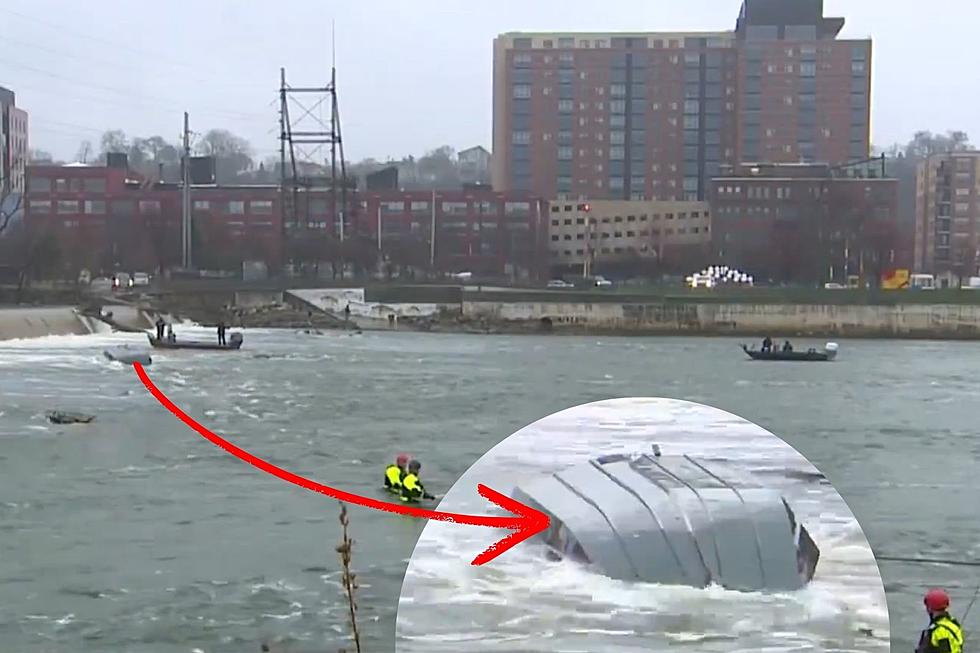
The Explosive Way Grand Rapids Once Dealt With Ice Jams
We've changed how we handle the winter in Grand Rapids over the years. In the old days snow could cause major problems from stopped traffic due to snow, freezing hard to deal with temperatures indoors, and even ice jams that would cause major water backups and flooding in the rivers.
While we now have modern equipment and practices that prevent these problems, we were a little creative about how we handled it in the past. One way the city used to deal with ice jams in the Grand River was a little explosive... literally.
According to a post by the Grand Rapids City Archives and Record Center on Facebook, this image from 1936 was because from time to time the people of Grand Rapids would see the Grand River have large ice build ups / pile ups.
It would usually happen in February or March when the frozen river would begin to break apart. The rain and thawed snow would clog up the Grand River, causing ice to be pushed up. The ice would pile high, or get caught under a bridge causing problems known as an ice jam.
So what was the city's solution? They used dynamite.
These days, we are a little less reckless about how we handle this problem. Mainly because dynamite is barely legal now (You're not allowed to have it without a permit for use)
However, there was a point in 2019 that they considered using dynamite again on a section of the Grand River in Ionia County because it wouldn't break up. So, this practice isn't totally retired forever.
According to the North East States Emergency Consortium, in modern days people generally deal with ice jams by using one of two methods. You could use a Tension Weir, which is a seasonally-installed rubber weir supported by meshes and wire ropes. It forms a pool to capture “frazil ice” that would normally collect downstream and pose a danger of freezing up and causing an ice jam.
Or some places use a Sloped-Block Ice Control Structure. It's a series of massive, sloped blocks placed across a river adjacent to a natural floodplain away from developed land. Large gaps between the blocks (10-15 ft) allow easy fish and canoe passage. But ice pieces moving downstream during spring breakup plug the gaps, forming an ice jam at a safe location and reducing the threat of flooding downstream.
Speaking of flooding on the Grand River...
2013 Grand Rapids Flood
Gallery Credit: Big Joe Pesh
More From Mix 95.7









